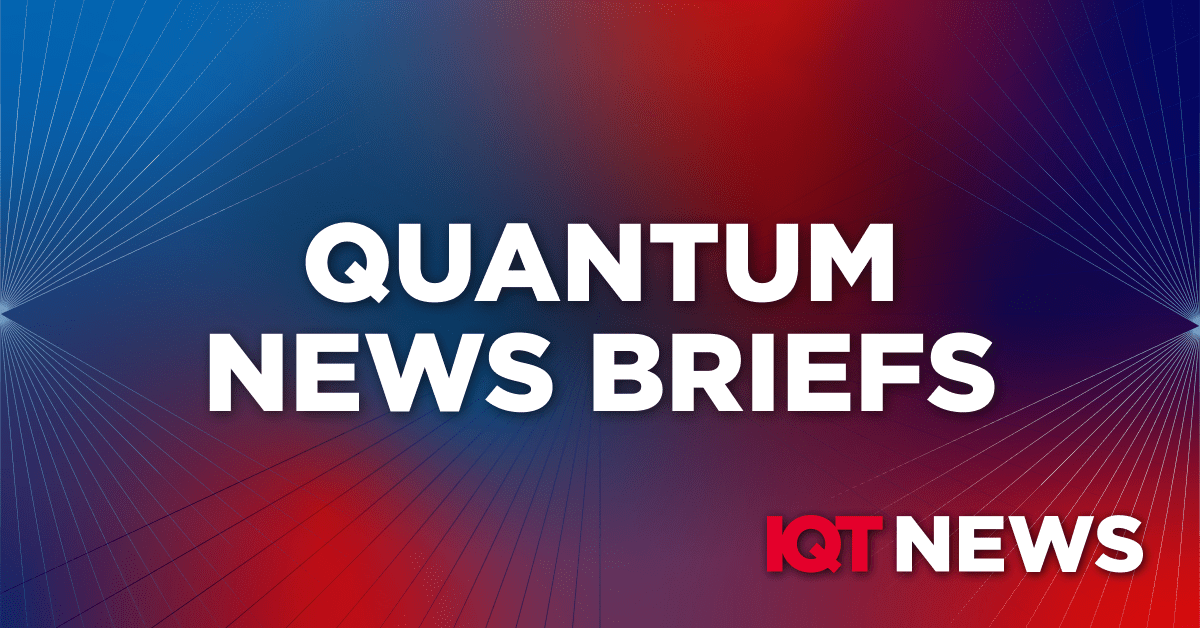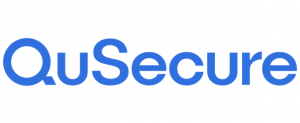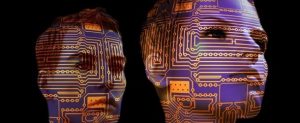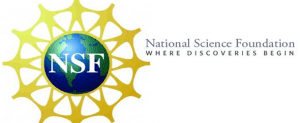Quantum News Briefs July 13: QuSecure backs NVIDIA’s cuPQC initiative to advance Post-Quantum Cryptography • Ignoring quantum threats in Central Bank Digital Currency design is reckless • Scope AI securing the quantum future: AI, encryption, & the race to outpace the threat • NSF issues next solicitation for National Quantum Virtual Laboratory–Quantum Testbeds

News Briefs:
QuSecure backs NVIDIA’s cuPQC initiative to advance Post-Quantum Cryptography
 QuSecure, Inc., a leader in post-quantum cryptography (PQC), announced on July 12 it has joined NVIDIA and a select group of technology leaders in supporting NVIDIA’s cuPQC, a recently launched pioneering library set to redefine cryptography in the quantum era.
QuSecure, Inc., a leader in post-quantum cryptography (PQC), announced on July 12 it has joined NVIDIA and a select group of technology leaders in supporting NVIDIA’s cuPQC, a recently launched pioneering library set to redefine cryptography in the quantum era.
NVIDIA’s cuPQC leverages the unmatched parallelism of NVIDIA GPUs to meet the rigorous demands of next-generation security algorithms, marking a monumental leap in bringing PQC to environments that stand to benefit most from their protection, including telecommunications, insurance, banking and finance, critical infrastructure, and the public sector, all of which QuSecure currently and actively supports.
In Other News:
Coin Telegraph’s explains “Ignoring quantum threats in CBDC design is reckless”
 Despite political opposition, a central bank digital currency (CBDC) in the USA is a realistic future possibility according to Agnes Gambill in July 12 Coin Telegraph.
Despite political opposition, a central bank digital currency (CBDC) in the USA is a realistic future possibility according to Agnes Gambill in July 12 Coin Telegraph.
Interest is growing steadily among central banks and financial institutions worldwide. Designing one that is resilient to a cyberattack based on what’s known as Shor’s algorithm — a powerful toolset to become much more practical as quantum computing takes hold in the coming years — is a matter of vital interest. Without post-quantum technology underpinning the future of our monetary system, the country’s economic security and financial privacy are vulnerable to foreign interference.
As a digital liability of the Federal Reserve, a CBDC would be comparable to a digital version of a dollar bill. From a credit and liability risk standpoint, such an innovation would be the safest of its kind in the kaleidoscope of digital assets available to the general public.
Cloud Computing reports on ” Scope AI Securing the quantum future: AI, encryption, & the race to outpace the threat”
 Scope AI, following a strategic shift, has integrated quantum-resilient entropy, QSE, technology into its flagship GEM (News – Alert) platform in his July 11 Cloud Computing Article by Greg Tavarez. QSE is a novel security measure designed to shield data from the potential vulnerabilities posed by quantum computers. Scope emphasizes that QSE is already available for public use and offers protection for individuals, SMBs and large enterprises alike.
Scope AI, following a strategic shift, has integrated quantum-resilient entropy, QSE, technology into its flagship GEM (News – Alert) platform in his July 11 Cloud Computing Article by Greg Tavarez. QSE is a novel security measure designed to shield data from the potential vulnerabilities posed by quantum computers. Scope emphasizes that QSE is already available for public use and offers protection for individuals, SMBs and large enterprises alike.
Unlike competing offerings, Scope’s QSE product suite provides API-based quantum-resilient entropy as a service alongside encrypted cloud, on-premise and decentralized storage solutions. At its core, the platform boasts a proprietary data pipeline that scales to secure sensitive data across various applications. This unique approach safeguards digital assets against present and future cyber threats, including those from future quantum computers.
With the addition of QSE, Scope AI now offers a suite of tools to navigate the quantum future. GEM’s advanced object recognition capabilities, now boosted with QSE, equip businesses with deeper insights while safeguarding them from potential quantum-powered cyberattacks.
In other News: “NSF issues next solicitation for National Quantum Virtual Laboratory–Quantum Testbeds”
 NSF issued the next solicitation for the National Quantum Virtual Lab program on June 27. This is focused on design and implementation phases of the Quantum Quantum Science and Technology Demonstration (QSTD) projects, with up to $32 million in funding. NSF has said little about NQVL since its launch last summer with a solicitation outling the project and seeking Pilot Phase proposals for QSTD. Proposal submissions were due in November and June and thus far NSF hasn’t announced any winners.
NSF issued the next solicitation for the National Quantum Virtual Lab program on June 27. This is focused on design and implementation phases of the Quantum Quantum Science and Technology Demonstration (QSTD) projects, with up to $32 million in funding. NSF has said little about NQVL since its launch last summer with a solicitation outling the project and seeking Pilot Phase proposals for QSTD. Proposal submissions were due in November and June and thus far NSF hasn’t announced any winners.
HPCwire reported last summer following an NSF guidance webinar, “The NQVL program is an ambitious effort to create a distributed quantum computing infrastructure (hardware and software) to provide much wider access to researchers across many domains. The idea is to jumpstart creation of needed resources, skill sets, use cases, and access for NSF researchers. There’s an NQVL management team made up of members from various NSF directorates (MPS, TIP, ENG, CISE, BIO, and EDU)”.
NOTE: The official PDF download was not available July 13 at time of this IQT article.



















